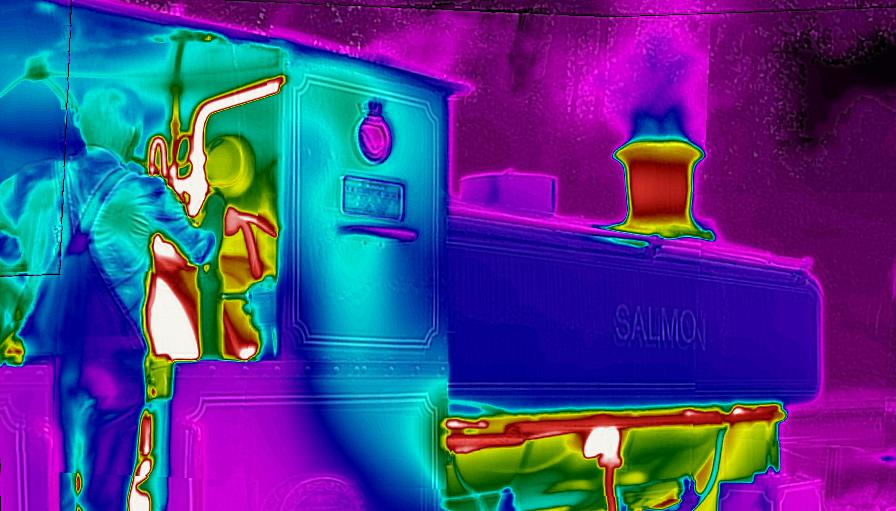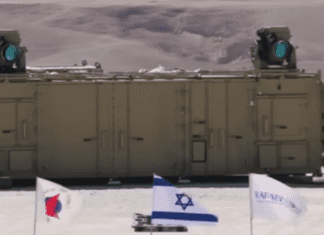This post is also available in:
 עברית (Hebrew)
עברית (Hebrew)
Thermal imaging is effectively a universal technology in the military environment. It is a particularly valuable and powerful asset, working on long wave radiation – infra-red radiation emitted by any object with temperature above absolute zero. Just about every military and emergency response organization uses some or multiple types of thermal imaging systems. Thermal imaging is used for surveillance and identification, finding survivors in darkened or smoke-filled environments during search and rescue missions, a wide range of military hardware, including aerial drones, the detection of covert heat-emitting surveillance systems, and more.
A new counter thermal imaging device recently developed can quickly change temperature to match ambient heat. Researchers at the University of California San Diego developed a wearable technology that can hide its wearer from heat-detecting sensors such as night vision goggles, even when the ambient temperature changes — a feat that current state of the art technology cannot match.
The technology can adapt to temperature changes in just a few minutes, according to sciencedaily.com.
The device, which is at the proof-of-concept stage, has a surface that quickly cools down or heats up to match ambient temperatures, camouflaging the wearer’s body heat. The surface can go from 10 to 38 degrees Celsius (50 to 100.5 degrees Fahrenheit) in less than a minute. Meanwhile, the inside remains at the same temperature as human skin, making it comfortable for the wearer. The wireless device can be embedded into fabric, such as an armband. A more advanced version could be worn as a jacket.
At the technology’s core are materials that can create heating or cooling effects when the ambient temperature changes, and flexible electronics that can be embedded into clothing.
The wireless system is hooked up to a thermoelectric (uses electric current to change temperatures) alloy material between sheets of elastomers (stretch polymers) which respond reciprocally to heat and cold.
The researchers’ biggest challenge now is to create a jacket with the technology built-in, but under current conditions, the garment would weigh 2 kilograms (about 4.5 lbs.), be about 5 millimeters thick and only function for one hour. The team will be looking to find lighter, thinner materials so the garment could weigh two or three times less.
If the development becomes applicable, this could undoubtedly become a technology that revolutionizes the surveillance and camouflage fields.


























